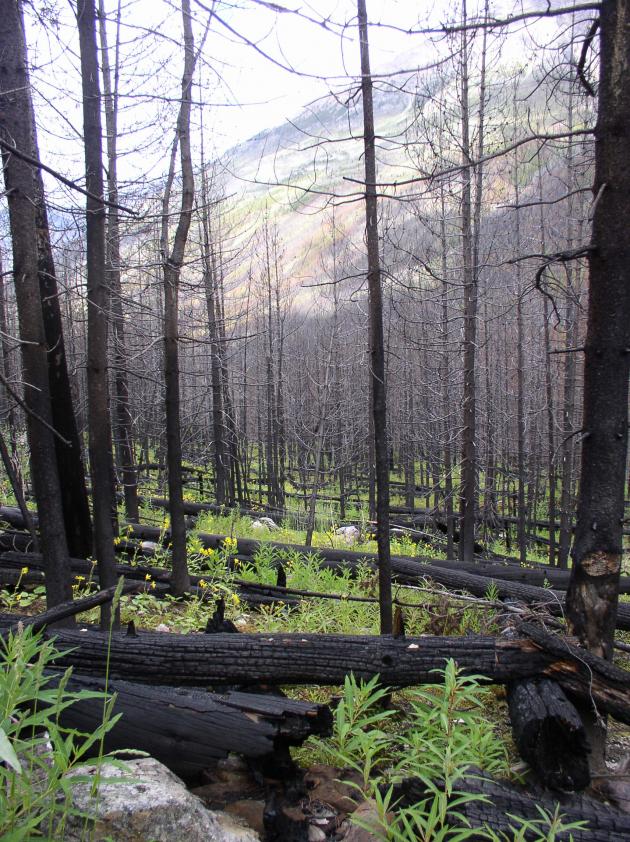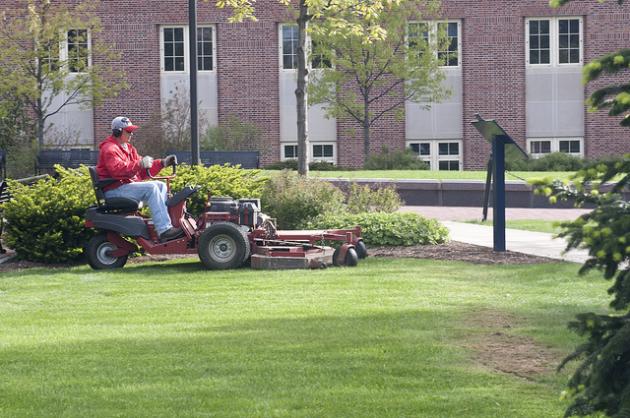Natural Plant Succession
Plant communities grow and change over time through a natural process called succession. These patterns occur gradually over long periods of time. When a landscape is disturbed in some way, a general process of plant recolonization occurs.
The first plants to grow tend to be fast growing “pioneer” species that establish quickly on disturbed soils. Many plants humans consider weedy fall into this category. Given enough time, more complex plants such as herbaceous perennials, trees and shrubs will become established.

Application to the Home Landscape
Most gardens are kept in a more or less relative state of ecological stability. The lawn is a great example of ‘arrested succession’. Repeated cutting and fertilizer and herbicide applications keep other plants from becoming established. Maintained ecological stability reduces both plant and animal biodiversity in the landscape.
Creating an area in the landscape where succession is allowed to occur can be a great learning experience and can help connect the property to the greater landscape while increasing wildlife habitat and reducing maintenance.

Ways to Allow Succession to Occur in the Landscape
- Naturalize an area of the property and observe succession over time.
- Let areas of grass grow and see what happens.
- Allow plants to reseed. Take care to watch for particularly aggressively spreading plants. Remove them as soon as they appear.
- Educate the neighbors. Beginning stages of succession may appear “weedy” at first.
Additional Resources:
Restoring the Urban Forest Ecosystem
An ecological understanding of weeds
Plant Communities and Succession (Rangelands)
South
Designing with Native Plants and Naturalistic Landscapes
